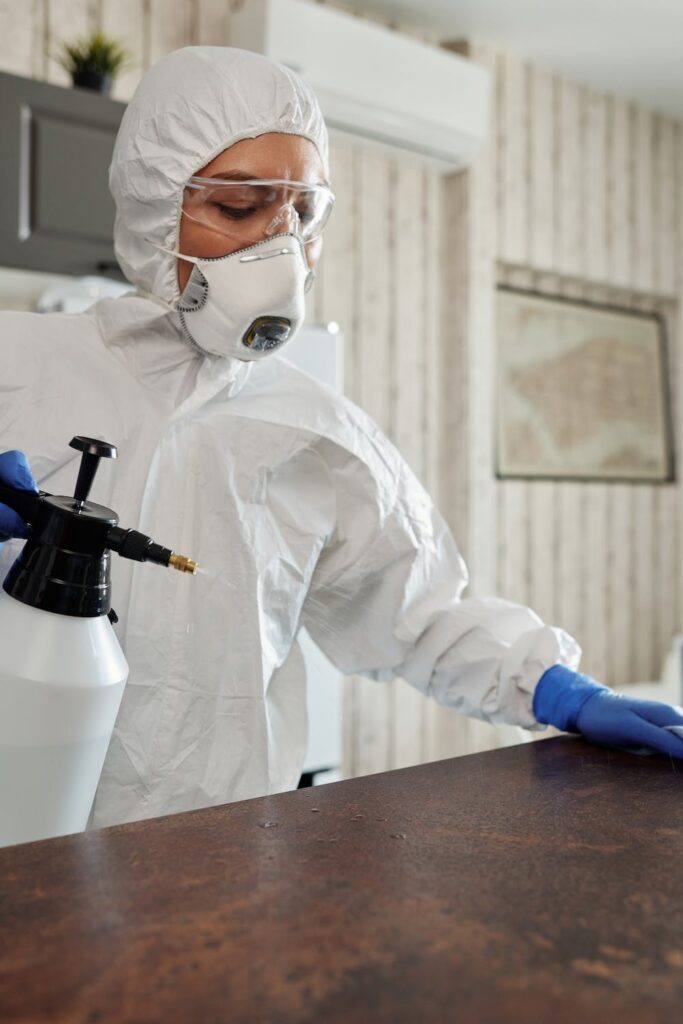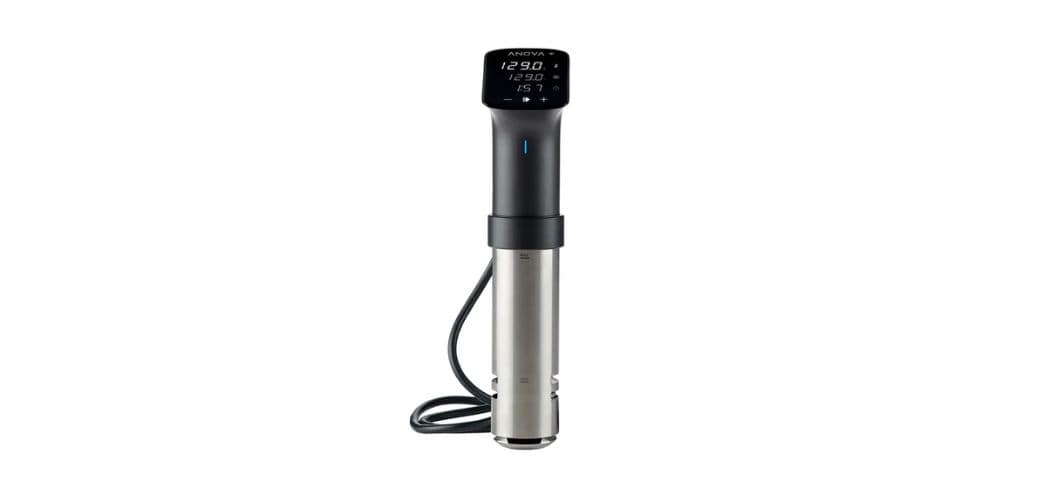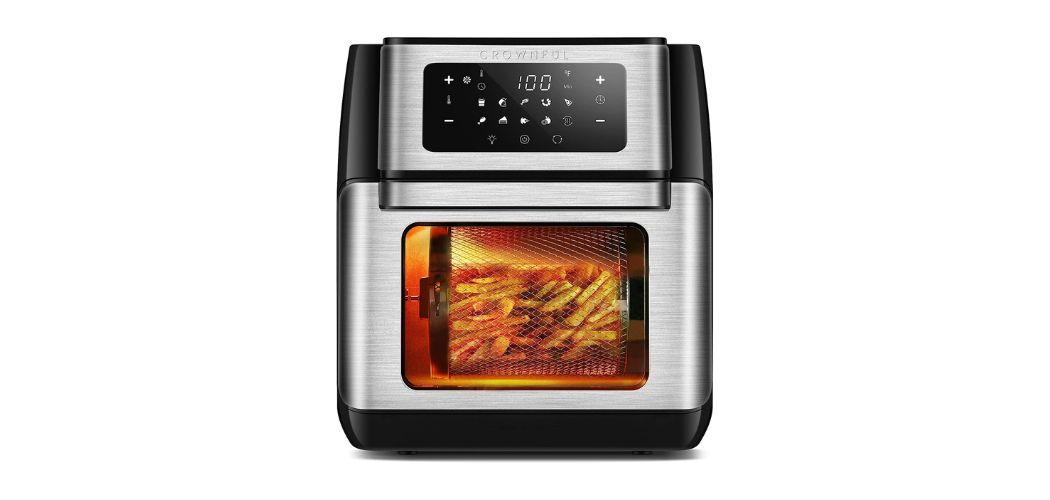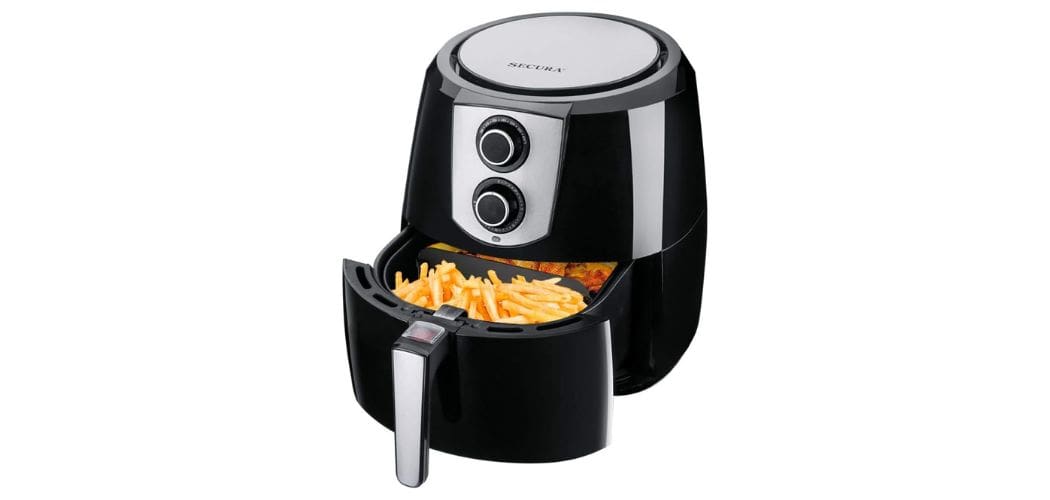Sous vide does not need rigorous maintenance like other kitchen appliances. But for smooth operation, cleaning it at regular intervals is crucial.
Regular maintenance is necessary for any kitchen appliance to work smoothly and for your dishes to taste delicious.
If you don’t like the black, brownish, or green build-up in the heating unit of sous vide, cleaning it by following the right methods is a must. But how to clean sous vide effectively?
To find out, read this guide to effectively clean your sous vide machine, eliminate any build-up, and keep it in the best shape. I have also shared a list of do’s and don’ts; make sure to throw a glance at it as well.
Table of Contents
How Frequently Should You Clean Your Sous Vide Machine?
You don’t have to properly clean your sous vide after every use. It’s best not to wash it too frequently to maintain it.
Simply use a damp cotton cloth or paper towel for a quick wipe after every use. And let the machine dry completely before storing it.
Deeper cleaning should be done after using it ten times or so. But it varies on the calcium and other mineral build-ups.
Deep cleaning also depends on your water source or water pipe. Some water is cleaner while some is not. Heavy deposits can affect the heating element’s efficiency or interrupt working with the impeller.
Therefore, you should inspect your sous vide at regular intervals and see how often it needs a deep cleaning.
The sous vide machine also needs heavy cleaning in case of leakage of the sous vide bag. Other events like premature rupture of eggs, etc., if ignored, can lead to machine damage. Hence, be vigilant and take quick action.
Easy And Effective Steps To Clean Your Sous Vide Machine With Little Effort
There are two types of sous vide machines- machines with sealed circulators and those with open circulators.
Cleaning the closed circulators is not much of a fuss. There is no way you can dismantle the immersion circulator and clean every part. Hence, the only way to clean a closed circulator is to use some cleaning solution.
ChefSteps and Anova Nano are examples of such closed immersion circulator sous vide machines.
But in case of any unwanted events that I mentioned previously, the circulator will need deep cleaning, so you’ll have to take it to a professional.
Unlike closed immersions, an open immersion circulator lets you remove the outer casing of the machine for a more thorough cleaning.
There are different methods of cleaning an open circulator sous vide machine. I’ll share a couple of cleaning methods, and you can pick the one most suited to you.

The Vinegar Cleaning Method
Step 1
Take a pitcher, jar, pot, or anything where you can fit your sous vide machine. A two-quart jar or pot usually works the best.
Step 2
Take equal proportions of water and white distilled vinegar.
Step 3
Plug the circulator and set the temperature to 140 degrees Fahrenheit. Start the circulator and run it for an hour.
Step 4
Turn the circulator off and remove the vinegar water from the jar. Fill the jar with plain water and run the circulator again for a few minutes.
Step 5
Remove it from the cleaning jar, dry the circulator with a soft cloth, and that’s it.
Pro Tip: You can use mild dishwashing soap and a soft toothbrush to remove any residues or deposits from the circulator. But be soft-handed as vigorous rubbing would damage the device.
The CLR Cleaning Method
If your tap water contains hard minerals, using the CLR method is the right way to clean your sous vide. CLR stands for Calcium, Lime, and Rust Remover, and the solution is prepared by Jelmar.
It’s a solution for removing tough calcium and lime deposits.
While it’s a strong solution that can get rid of even the toughest deposits because it’s so strong, you must be careful while using it.
You should try the CLR solution on a small area first before applying it to the whole surface.
Also, the package instructions say that you must not let the solution come in contact with wood, tile, copper, stone, brass, aluminum, natural stones, carpeting, sealed or coated surfaces, galvanized metals, etc.
Hence, you must be very careful while using it. Now let’s get down to the instructions for cleaning the sous vide with the CLR solution-

Step 1
Find a tub or any other pot that can handle the CLR solution. Take a small utensil so that you can minimize the amount of the solution. Don’t completely submerge the circulator in water.
Step 2
Prepare a mixture of 10% CLR and 90% water. Turn the circulator on and set the temperature to 140 degrees Fahrenheit. Let the circulator run for an hour for a thorough cleaning.
Step 3
Then remove the CLR solution from the tub and wash it well with fresh water. Fill the tub again with a fresh washer and turn on the circulator for a few minutes.
Step 4
You have to repeat the procedure a few times until all the CLR solution is completely removed from the circulator.
Step 5
Once done, dry the circulator with a soft cloth.
Similar to the vinegar method, you can use a toothbrush to rub off any excess dirt from the machine. While cleaning the circulator, you must be careful not to bend the impeller and its connection toward the motor.
Specific Don’ts For Cleaning The Sous Vide Machine
Here are some of the specific don’ts for the Sous Vide Machine-
- Avoid completely submerging the immersion circulator or the whole unit in water.
- Avoid putting the immersion in the dishwasher. The sous vide is not dishwasher friendly unless the brand says so.
- If you get any foul or unpleasant smells from your sous vide machine, avoid using it for cooking food. It’s better to consult a professional for the same.
- Do not wash the LED/ Digital screen and the electric parts of the Sous Vide.
What To Do If I See A Sous Vide Water Bath?
Seeing dark foamy water leaking from your sous vide is certainly not pleasant. Even though it’s a rare occurrence, ignoring water leakage will cause serious damage to the machine.
If that happens, you must clean the immersion circulation well to remove the dirt. Steps for cleaning the circulator after a water leakage are the same as mentioned above.
You can either clean it with the vinegar solution or CLR. However, these methods work best with open circulator sous vide machines. For a closed circulator sous vide machine, you can either try using the ready made cleaning solution or contacting a professional.
Takeaway!
The immersion circulator of the sous vide machine needs deep cleaning at regular intervals. When used frequently or due to the water quality, it’s obvious that it’ll lose its shine and sparkle.
Hence, to keep it shining and brand new, cleaning it following the above methods is a must. Even though I have mentioned two cleaning methods, I prefer using baking soda since it’s safer.
I would recommend using the CLR solution only when the vinegar solution fails to perform. If you’re facing any other issues with cleaning your Sous Vide machine, let me know in the comments.




